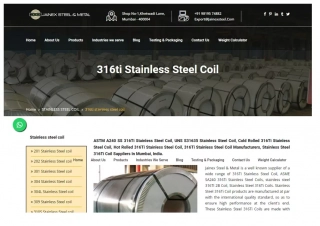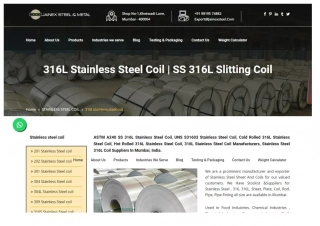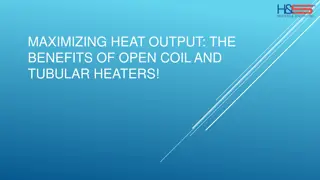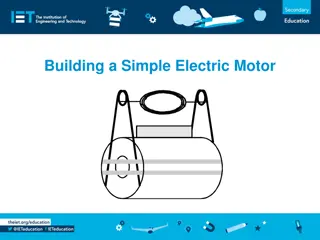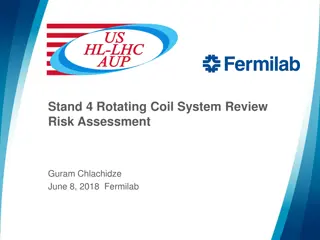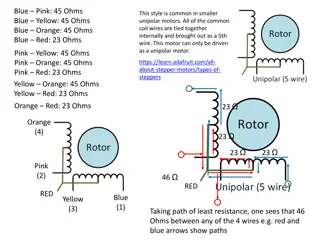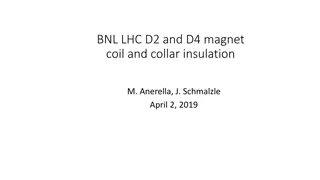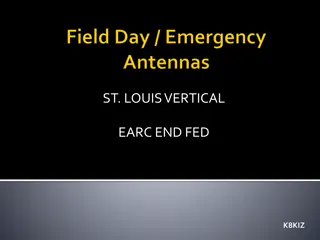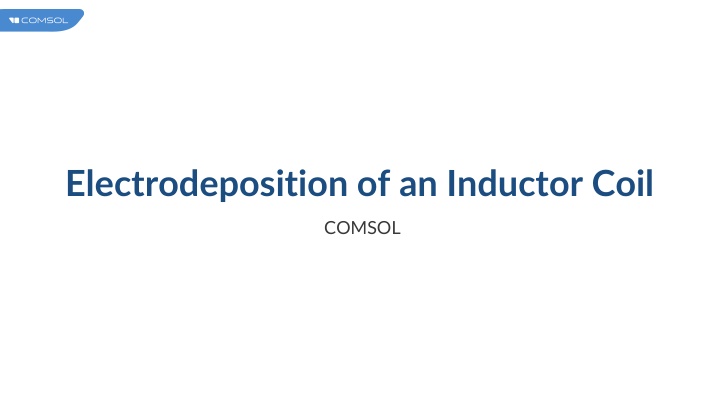
Modeling Electrodeposition of an Inductor Coil in COMSOL
Explore a COMSOL model depicting electrodeposition of an inductor coil on the micro-scale, studying diffusion limitations and current distribution. The geometry, current distribution, and results of the electrodeposition process are analyzed in detail.
Download Presentation

Please find below an Image/Link to download the presentation.
The content on the website is provided AS IS for your information and personal use only. It may not be sold, licensed, or shared on other websites without obtaining consent from the author. If you encounter any issues during the download, it is possible that the publisher has removed the file from their server.
You are allowed to download the files provided on this website for personal or commercial use, subject to the condition that they are used lawfully. All files are the property of their respective owners.
The content on the website is provided AS IS for your information and personal use only. It may not be sold, licensed, or shared on other websites without obtaining consent from the author.
E N D
Presentation Transcript
Introduction This example models the deposition of an inductor coil on the m-scale, where diffusion limitations govern the deposition rate A 10 m thick photoresist mask has been used create the deposition pattern As the deposition process proceeds, the depth of the pattern created by the mask decreases, which in turn affects the current distribution over the active surface
Model Definition Geometry The figure shows the model geometry
Model Definition The geometry consists of two domains: the 10 m extrusion of the deposition pattern down into the photoresist film, and a diffusion layer in form of a rectangular block, 50 m thick, on top of the photoresist
Model Definition Tertiary Current Distribution, Nernst-Planck
Model Definition Tertiary Current Distribution, Nernst-Planck
Results The figure shows the concentration and current stream lines in the electrolyte after 180 s The copper-ion concentration at the cathode is significantly lower than in the bulk In addition, the concentration at the cathode is slightly higher in outer parts of the pattern compared to the center Concentration profile and current stream lines in the electrolyte at t = 180 s
Results The figure shows the local electrode current, ict, at the cathode at t=180 s The deposition currents are higher at the outer parts of the pattern due to the higher copper- ion concentration Electrode reaction current density at t = 180 s
Results The figure shows the deformation and deposited copper thickness after 180 s The thickness is significantly thicker on the outermost part of the pattern Thickness of the deposited copper layer at 180 s


